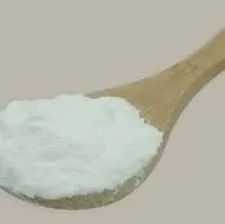The Role of PAM Flocculants in Water Treatment
In the realm of water treatment, the effectiveness of flocculants plays a crucial role in maintaining water quality. Among various flocculants, Polyacrylamide (PAM) has emerged as a popular choice due to its versatility and efficiency. PAM flocculants are synthetic polymers that possess excellent capacity for aggregation in various aqueous environments, making them vital in both industrial and municipal water treatment processes.
The Role of PAM Flocculants in Water Treatment
One of the key benefits of using PAM flocculants is their ability to significantly reduce the amount of coagulant needed in treatment processes. This not only lowers chemical costs but also minimizes the production of chemical sludge, leading to a more environmentally sustainable operation. Furthermore, PAM’s effectiveness at lower concentrations compared to traditional flocculants means that it can help achieve the desired water quality without excessive chemical usage.
pam flocculant

The application of PAM in wastewater treatment processes involves the formation of flocs—clusters of particles that settle to the bottom of a tank. This process is crucial for effective sedimentation, as it allows for the removal of suspended solids, turbidity, and organic matter. The efficiency of floc formation is influenced by various factors such as pH, temperature, and the ionic content of the water being treated. Consequently, operators must monitor and adjust these parameters to optimize flocculation efficiency.
PAM is also beneficial in the context of oil and gas extraction, where it is utilized as a thickening agent in drilling fluids. The properties of PAM help to enhance the recovery of hydrocarbons from the reservoir by improving the viscosity and stability of the drilling fluids. This application highlights PAM’s multifunctionality and importance beyond just water treatment.
Despite its numerous advantages, there are considerations to be made regarding the environmental impact of PAM. As with any synthetic polymer, concerns have arisen regarding the biodegradability and potential toxicity of PAM byproducts. Therefore, ongoing research is essential to develop more sustainable PAM formulations and to ensure proper management during and after use.
In summary, PAM flocculants play an integral role in the water treatment industry, providing effective solutions for various applications. Their ability to enhance flocculation processes, reduce chemical usage, and adapt to different water qualities makes them an invaluable tool in achieving cleaner water. As water scarcity and pollution continue to challenge global communities, the significance of efficient flocculation solutions like PAM cannot be overstated.

